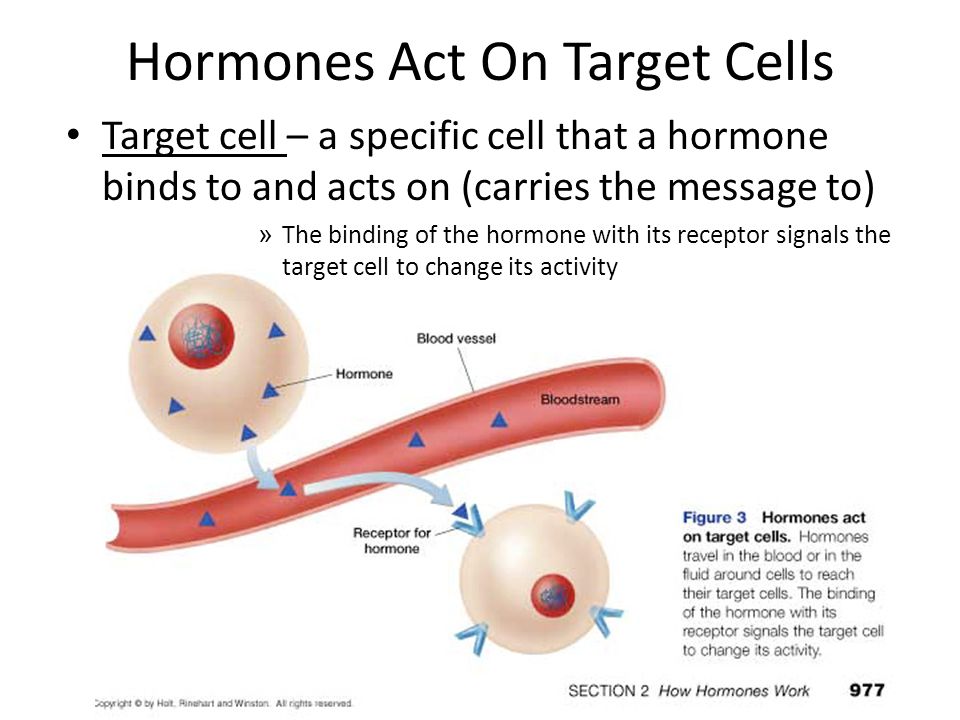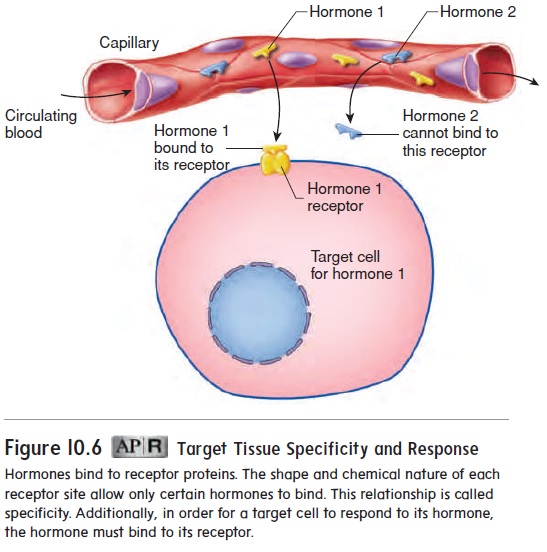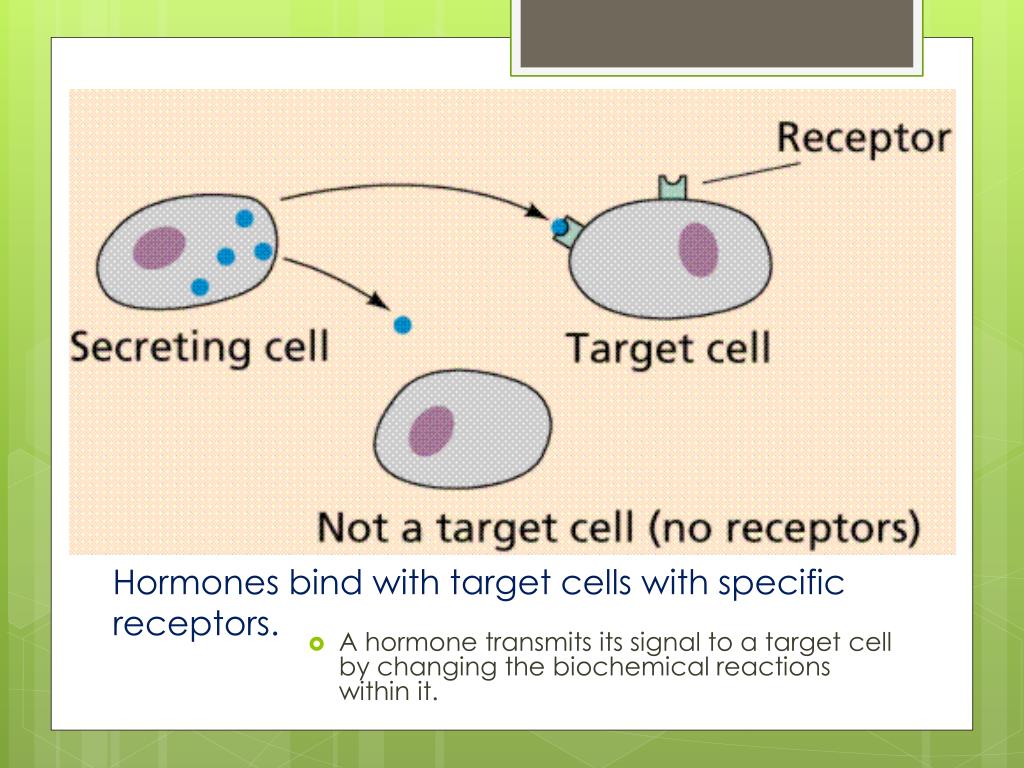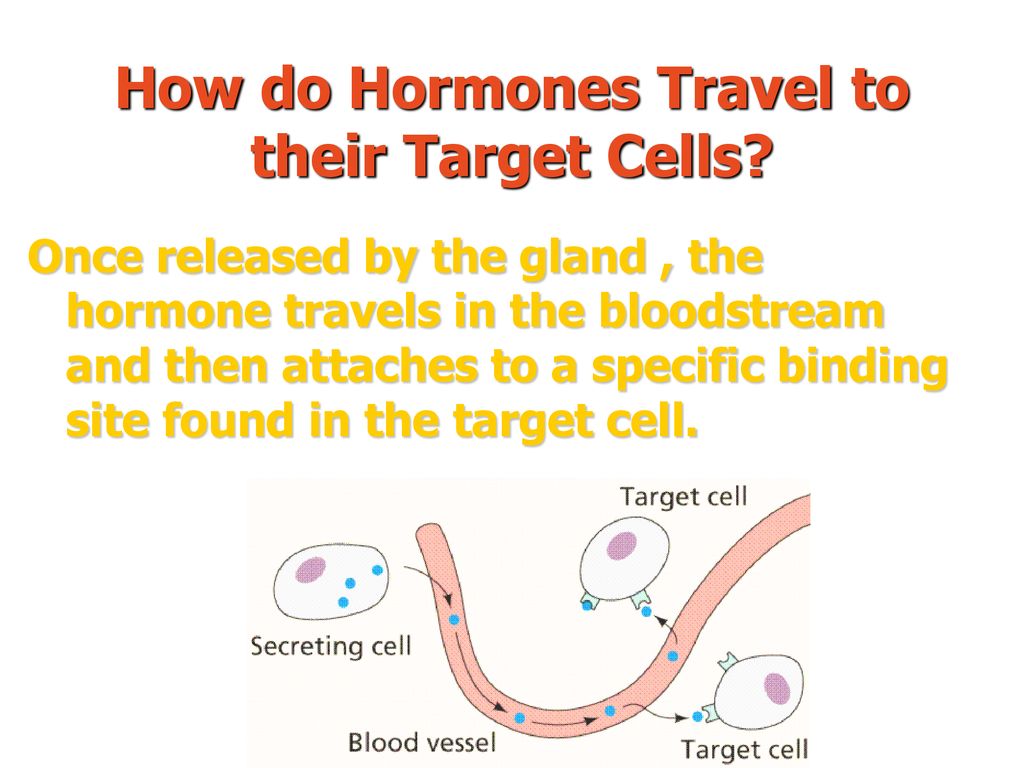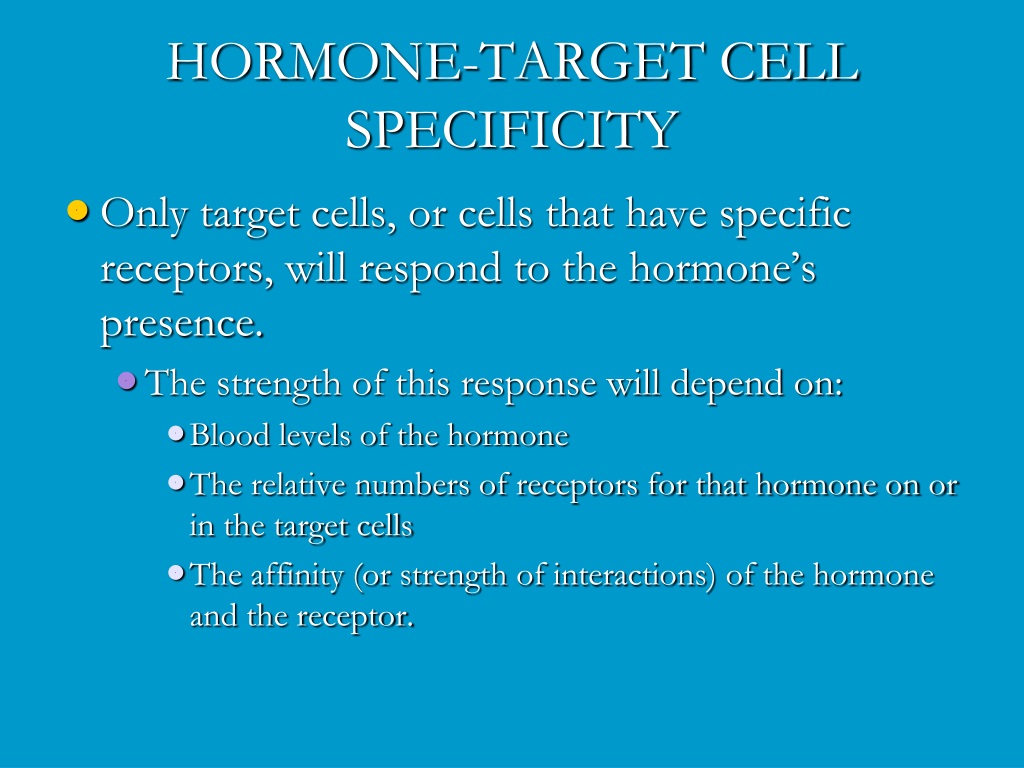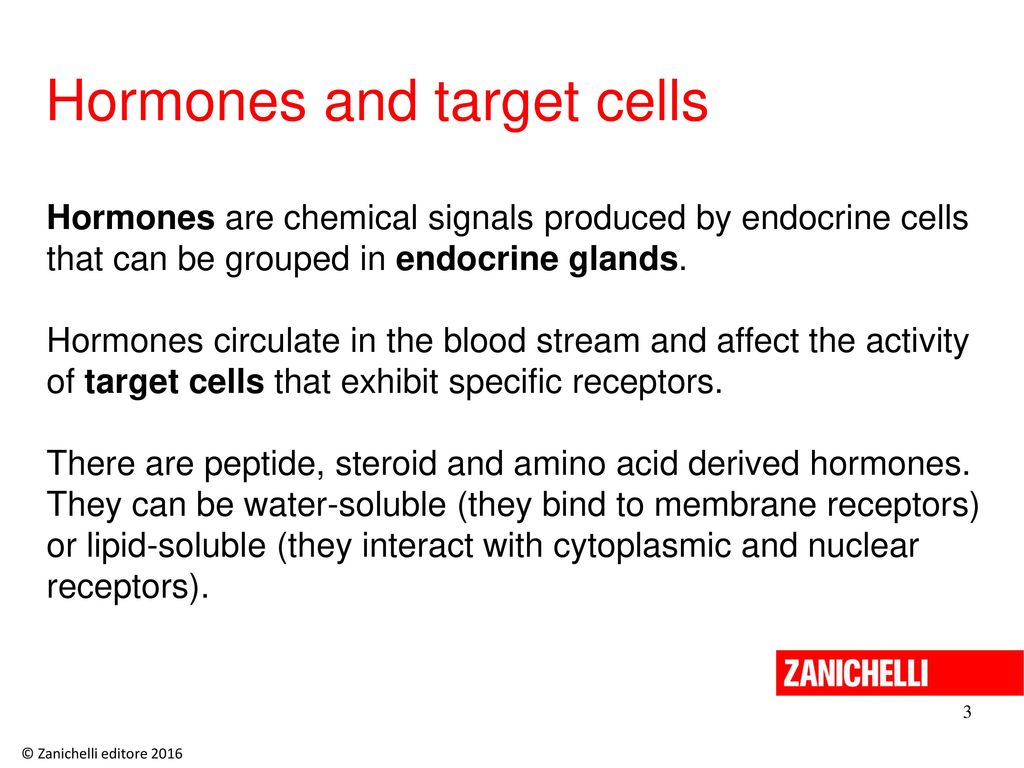What Makes A Cell A Target Of A Particular Hormone
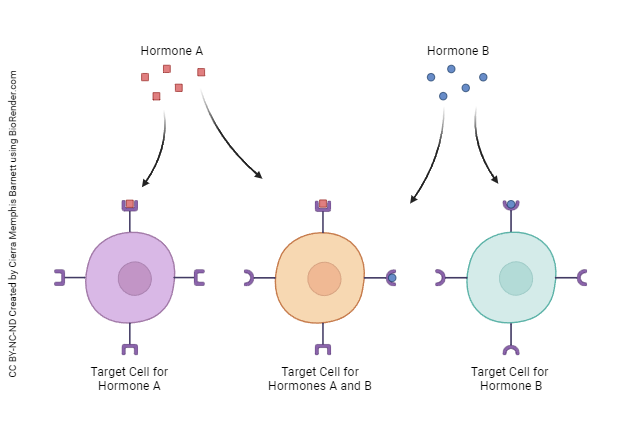
In the intricate dance of cellular communication, hormones act as messengers, orchestrating a symphony of physiological responses. But not all cells heed their call. Only specific cells, deemed 'target cells,' respond to a particular hormone, raising a fundamental question: What endows these cells with the ability to selectively recognize and react to hormonal signals, while others remain indifferent?
The answer lies in the presence of specialized proteins known as receptors. These receptors, acting as gatekeepers, are the key determinants of hormonal specificity. This article delves into the multifaceted mechanisms governing hormone-target cell interactions, exploring the crucial role of receptors, their diverse types, and the intracellular signaling pathways that translate hormonal binding into cellular action.
The Central Role of Receptors
Hormones circulate throughout the body via the bloodstream, encountering a vast array of cells. However, a cell only responds if it possesses the appropriate receptor for that specific hormone.
Think of it like a lock and key. The hormone is the key, and the receptor is the lock. Only the correct key (hormone) can unlock (bind to) the specific lock (receptor), initiating a cascade of events within the target cell.
Without the corresponding receptor, the hormone simply passes by, leaving the cell unaffected. According to the National Institutes of Health (NIH), this receptor-hormone interaction is the foundation of endocrine signaling.
Receptor Location: A Key Determinant
Receptors aren't uniformly distributed within a cell. Their location, whether on the cell surface or inside the cell, dictates the type of hormone they can bind.
Cell-surface receptors are transmembrane proteins that bind to hormones that are typically large and/or water-soluble, preventing them from readily crossing the cell membrane. These include peptide hormones like insulin and protein hormones like growth hormone.
In contrast, intracellular receptors reside within the cytoplasm or nucleus and bind to small, hydrophobic hormones, such as steroid hormones (e.g., estrogen, testosterone) and thyroid hormones (e.g., T3, T4). These hormones can easily diffuse across the cell membrane to reach their receptors. According to a 2021 report in *Endocrine Reviews*, the location is critical for initiating appropriate intracellular signaling.
Receptor Diversity: A Spectrum of Specificity
Receptors aren't a monolithic entity. They exhibit remarkable diversity, both in their structure and the signaling pathways they activate.
Some receptors, like the G protein-coupled receptors (GPCRs), are transmembrane proteins that, upon hormone binding, activate intracellular G proteins, which then modulate the activity of other enzymes and ion channels. GPCRs are involved in a wide range of physiological processes, from vision to neurotransmission, according to the National Institute of General Medical Sciences.
Other receptors, such as receptor tyrosine kinases (RTKs), possess intrinsic enzymatic activity. Upon hormone binding, they phosphorylate tyrosine residues on themselves and other intracellular proteins, triggering a signaling cascade that ultimately affects gene expression and cell growth.
Intracellular Signaling Pathways: From Binding to Response
The binding of a hormone to its receptor is just the first step. This interaction triggers a complex cascade of intracellular signaling events that ultimately lead to a change in cell function.
These pathways often involve a series of protein modifications, such as phosphorylation and dephosphorylation, as well as the generation of second messengers, such as cyclic AMP (cAMP) and calcium ions (Ca2+). These second messengers amplify the initial hormonal signal and activate downstream effector proteins that mediate the cellular response.
For example, the binding of insulin to its receptor activates a signaling pathway that leads to the translocation of glucose transporters to the cell surface, facilitating glucose uptake from the bloodstream. The exact pathway and the cellular response depends heavily on the target cell type.
The Role of Gene Expression
Many hormones, particularly those that bind to intracellular receptors, exert their effects by altering gene expression.
Upon hormone binding, the receptor-hormone complex translocates to the nucleus, where it binds to specific DNA sequences called hormone response elements (HREs). This binding can either enhance or repress the transcription of target genes, leading to changes in the levels of specific proteins within the cell.
For instance, thyroid hormones increase the expression of genes involved in metabolism, while estrogen influences the expression of genes related to female reproductive development.
Factors Influencing Receptor Expression and Function
The presence of the correct receptor is not the only factor determining hormone sensitivity. The number of receptors, their affinity for the hormone, and the efficiency of the downstream signaling pathways also play crucial roles.
The number of receptors on a cell's surface can be regulated by various factors, including hormones themselves. Prolonged exposure to a hormone can lead to receptor downregulation, reducing the cell's sensitivity to that hormone. Conversely, hormone deprivation can lead to receptor upregulation, increasing sensitivity.
According to a 2020 study in *Cell Metabolism*, defects in receptor signaling pathways can also contribute to hormone resistance, as seen in conditions like type 2 diabetes, where cells become less responsive to insulin.
Looking Ahead: Therapeutic Implications
Understanding the intricacies of hormone-target cell interactions has profound therapeutic implications. Many drugs target hormone receptors or the signaling pathways they activate.
For example, selective estrogen receptor modulators (SERMs) like tamoxifen are used to treat breast cancer by blocking the effects of estrogen on breast cancer cells. Similarly, drugs that inhibit receptor tyrosine kinases are used to treat various cancers by blocking the growth-promoting effects of growth factors.
Ongoing research is focused on developing more selective and effective hormone-based therapies. By targeting specific receptors and signaling pathways, researchers hope to develop treatments for a wide range of diseases, including cancer, diabetes, and infertility. Future research will also focus on personalized medicine approaches, tailoring therapies based on an individual's unique receptor profile and signaling pathway activity, as noted by the World Health Organization.
